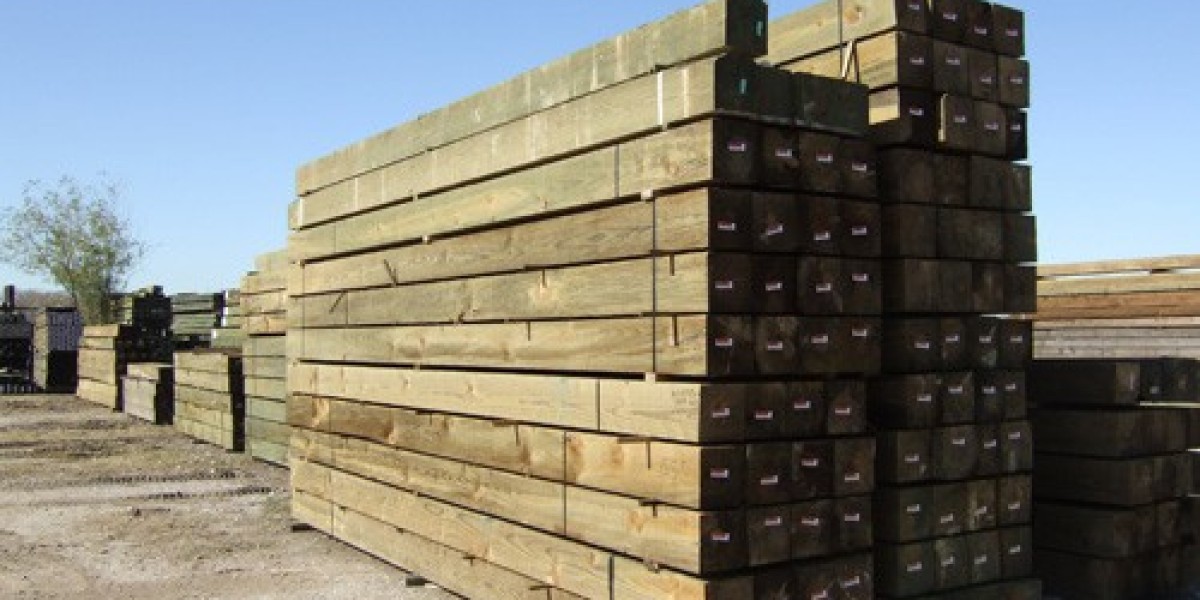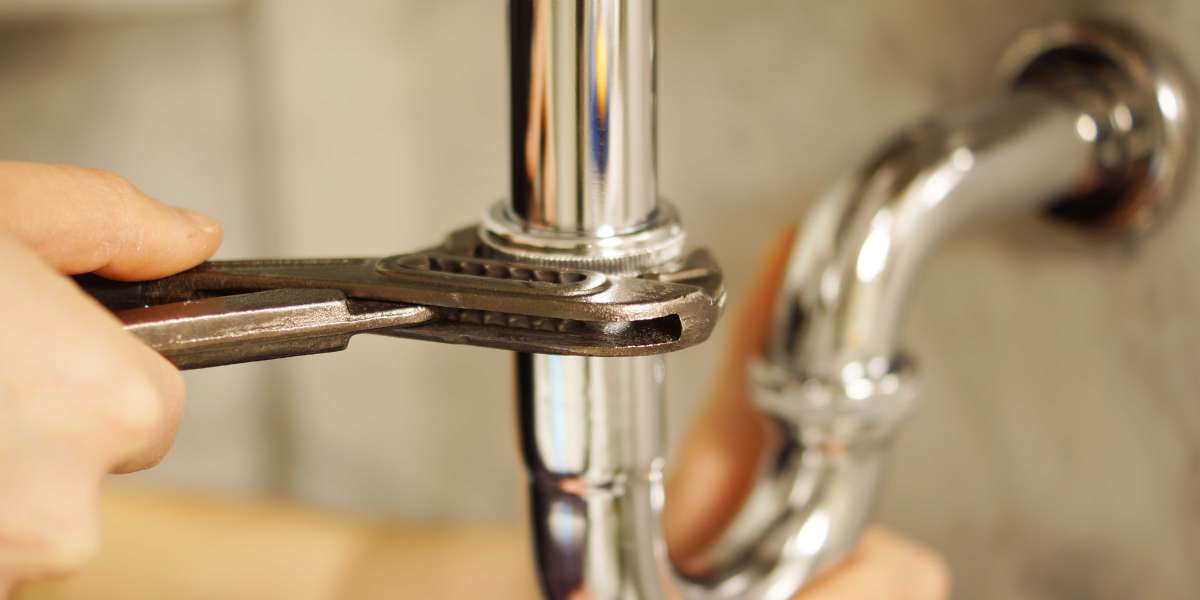Wood is a versatile and commonly used building material, known for its aesthetic appeal and structural strength. However, when it comes to fire safety, it's essential to take precautions to minimize the risk of fire damage. Fireproofing wood is a crucial step to protect your structures and ensure the safety of occupants.
Understanding the Need for Fireproofing
Fire Hazards
Wood is inherently combustible, which means it can fuel a fire. In the event of a fire, untreated wood can contribute to the rapid spread of flames, jeopardizing the integrity of your building and the safety of those inside.
Building Codes and Regulations
Many building codes and regulations require the use of fire-resistant materials and fireproofing techniques, especially in commercial and multi-family residential buildings. Compliance with these codes is essential to ensure the safety and legal status of your structure.
Methods of Fireproofing Wood
Fire-Retardant Treatments
Fire-retardant treatments involve applying special chemicals to wood to reduce its flammability. These treatments can be used on both raw and finished wood products. They slow down the ignition and combustion of the wood, providing valuable time for evacuation or fire suppression.
Intumescent Coatings
Intumescent coatings are a popular choice for fireproofing wood. These coatings expand when exposed to high temperatures, forming a protective barrier that insulates the wood and delays its ignition. They are often used on exposed structural elements and decorative woodwork.
Fireproof Wraps and Barriers
For added protection, you can install fireproof wraps and barriers around wooden structural components. These systems can withstand extreme heat and prevent fire from spreading through concealed spaces.
Fireproofing Benefits
Enhanced Fire Safety
Fireproofing wood significantly improves fire safety by slowing down the rate at which a fire can engulf a structure. This gives occupants more time to evacuate and increases the chances of minimizing property damage.
Regulatory Compliance
By fireproofing your wooden structures, you ensure compliance with building codes and regulations. This not only avoids legal issues but also demonstrates your commitment to safety.
Preserving Aesthetic Appeal
Fireproofing doesn't have to compromise the appearance of wood. Many fireproofing methods are nearly invisible, allowing you to maintain the natural beauty of your composite decking.
Conclusion
In conclusion, fireproofing wood is a critical step in safeguarding your structures, occupants, and investments. It's essential to understand the potential fire hazards associated with wood and take proactive measures to reduce those risks. Whether through fire-retardant treatments, intumescent coatings, or other methods, fireproofing wood ensures that you can enjoy the beauty and functionality of wood while prioritizing safety. Don't wait until it's too late – invest in fireproofing to protect what matters most.
 " class="wow_main_float_head_img">
" class="wow_main_float_head_img">







